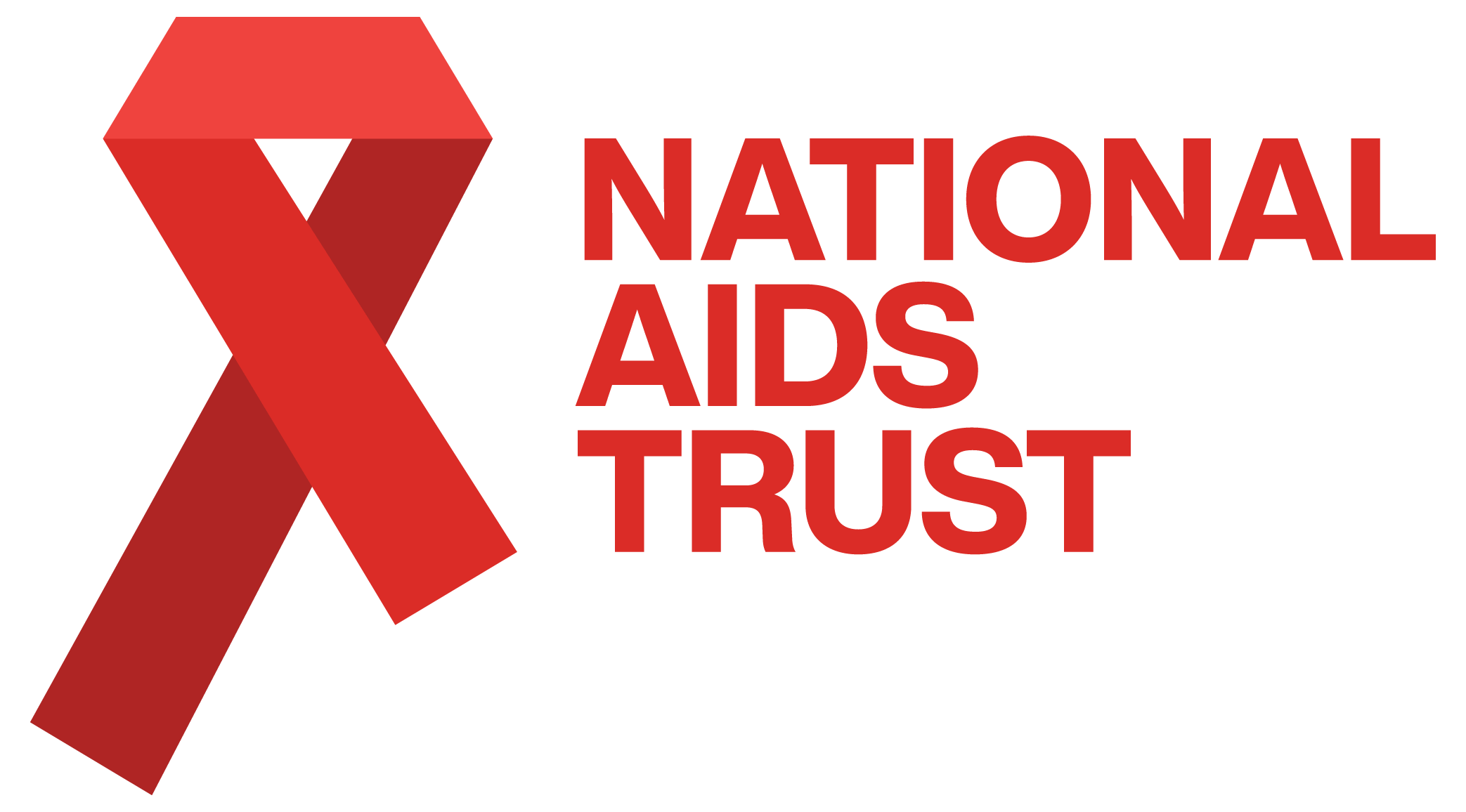Long-acting injectable treatment - Dr Tristan Barber answers all of your questions

By Dr Tristan Barber
Last month, NICE approved the use of long-lasting injectable treatment for people living with HIV, the first alternative to daily oral pills. You can read our full blog on the announcement here.
Since the announcement, we’ve seen that the community has had questions, so we decided to send them Dr Tristan Barber, a HIV Medicine consultant, to get all of the answers.
How does an injectable last longer than a pill?
The injected dose sits in the muscle fibres and is slowly absorbed into the small blood vessels (capillaries) within the muscle. For this reason a large volume can be given and this slowly spreads into the bloodstream. Over the 8-week period there is enough to suppress HIV replication.
Do the injections last 2 months for everyone, or will someone people need them more regularly?
Yes, the injections are given every 8 weeks for everyone, although a ’loading dose’ may be given at the start and the first ‘maintenance dose’ given 4 weeks later. The injections were first tried every 4 weeks and this schedule was approved in the USA. In the UK the company have only applied for an 8-weekly schedule as this was preferred by people who took part in the relevant clinical trials. It is worth noting that there were slightly more failures in this group. An analysis has been done to look at reasons for failure. Whilst one risk factor alone is not a predictor, we anticipate UK prescribers will be quite cautious at the beginning of the roll out of these new treatments. Having a certain subtype of HIV can be a risk factor, as can having resistance to drugs contained in either of the injections, or having failed treatment to these drugs before. Having a body mass index (BMI, weight to height compassion) of over 30 can also contribute so the injectables may not be suitable for everyone.
Will there be room in the future for GP surgeries and pharmacists to carry out the injection? I worry about the expense of travelling to a clinic 6 times per year.
At the moment the injections have to be given in your HIV clinic. We are hoping there will be a UK based ‘implementation’ study to compare whether it is possible to get them done safely in community settings such as pharmacies, or at your GP, but at the beginning the roll out will only be in HIV clinics.
How will eligibility for the injections be determined?
We just don’t know yet. This will depend on a number of things, including the cost that NHS England are able to negotiate, but also what capacity clinics have to deliver the injections and what support there is for this. If I were to guess I suspect it will initially be fairly high cost and the eligibility criteria quite tight, but that it will become easier over time as costs come down and clinics become more comfortable with giving it. Clearly anyone wanting it will need to not have had any side effects to the medicines involved, not be on any medicines that might interact with the injectables, not have a risk factor that means they might fail, and also confirm they will be able to attend for an injection every 8 weeks. They should have no resistance to the drugs in the injections and, for now, they have to be undetectable on oral therapy before they can have the injections.
What volumes are the injections? Are they IV or intramuscular?
These are intramuscular (gluteal) injections. The first dose of Vocabria is 3ml with follow up doses being 2ml. The first dose of Rekambys is also 3ml and follow up doses also 2ml.
And with a new treatment option comes questions on side effects and interactions.
Are the side effects worse in the days/weeks following each injection?
The trials show the most common side effects are injection site reactions, headache, and fever. These side effects (especially injection site reactions) generally reduced over time.
Do we know what will happen to the injection site after multiple injections? What might it be like after 50 years of treatment and 300 injections?
We don’t have long term follow up that would answer this yet, but the trials do show that injection site reactions reduce over time.
What are the chances of complications specific to injections like tissue necrosis abscesses, nerve damage, and ongoing pain?
Very low, as with any intramuscular injection given correctly.
Are there any interactions with the injectables?
Yes, although I cannot list these here. They can be found here or in the medicine’s leaflets here, and here.
Dr Tristan Barber is a Consultant in HIV Medicine, Ian Charleson Day Centre, Royal Free Hospital, London UK, and Honorary Associate Professor, Institute for Global Health, University College London. You can follow him on Twitter here: @tristanjbarber.


